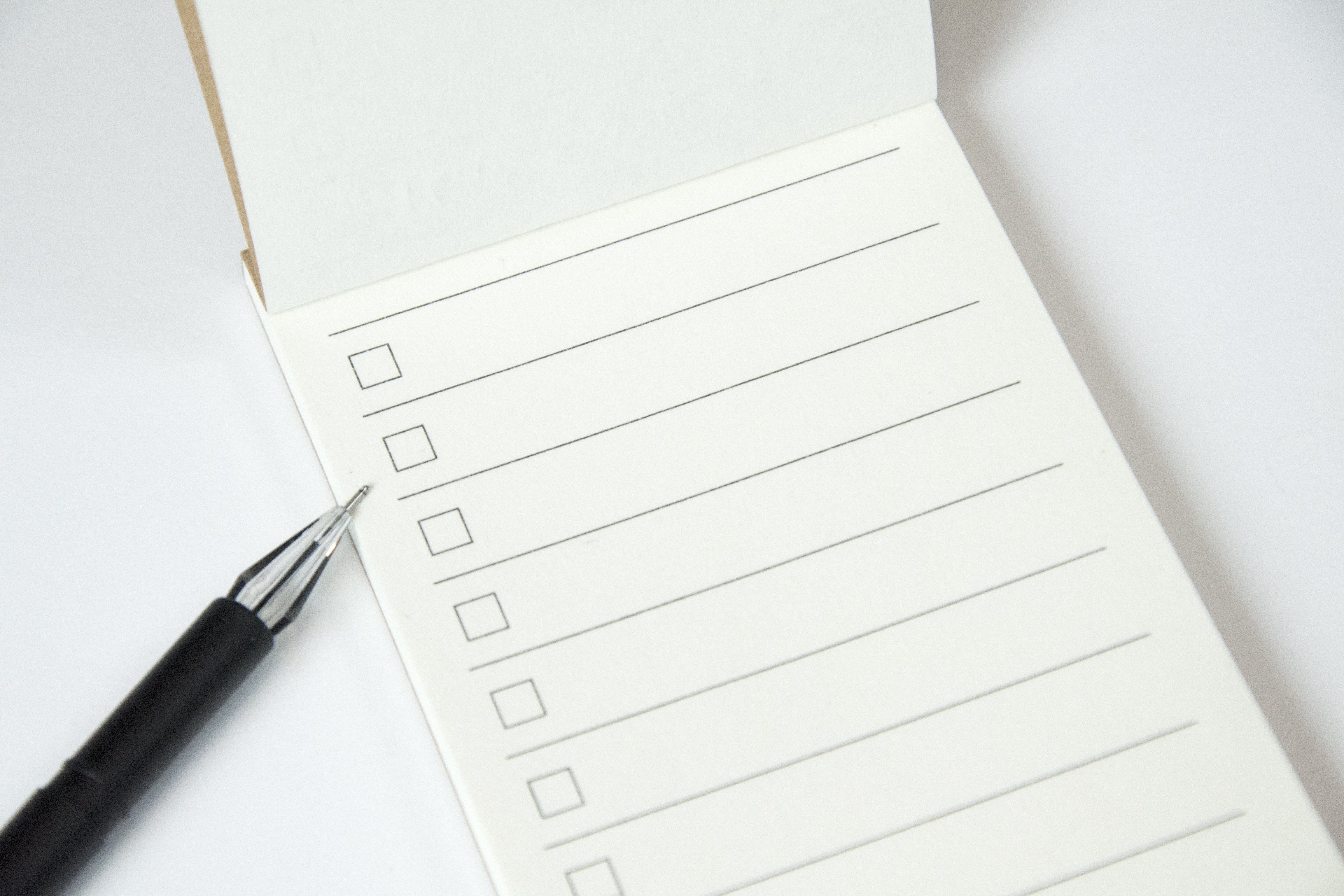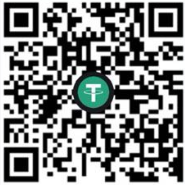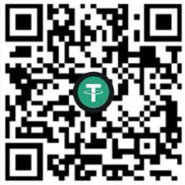Introduction: why does a charity need professional PR?

Communications strategy: the starting point

Brand and digital presence: the foundation of trust

Social media: systematic content instead of random posts

Content that works: stories, data, transparency

The case of the UNITY MOVEMENT: what worked in practice


 Українська
Українська English
English









